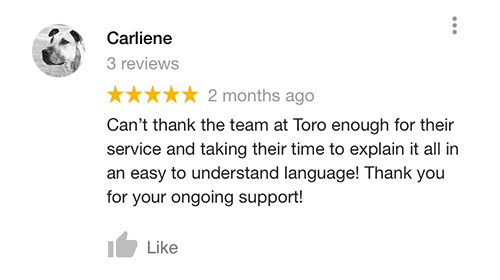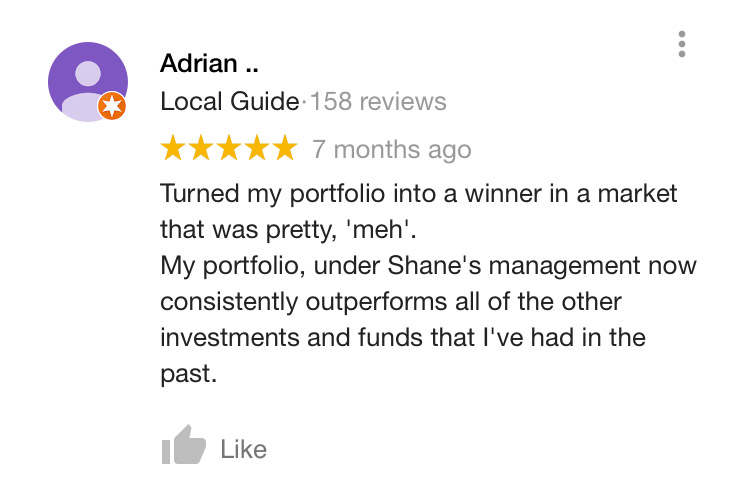Investment strategies & advice you can trust
Secure your financial future sooner with expert investment advice.
HOW WE CAN HELP YOU WITH INVESTMENTS
Build an investment portfolio designed to achieve your end goals.
Achieve adequate portfolio diversification.
Ensure the portfolio remains low-cost.
Gain access to wholesale investments that are not available to retail investors.
Investment and tax reporting on investments.





WHY GET INVESTMENT ADVICE?

Ready to grow your investments?
Speak to an adviser
FREQUENTLY ASKED INVESTMENT QUESTIONS
How do investments work?
How can I invest my money wisely?
The benefit of diversification is that you are less likely to have a severe decrease in your investment balance if one investment alone significantly decreases in price. Diversification also allows you to receive returns from different types of investments, reducing the impact of temporary poor performance in one type asset class and benefiting from asset classes performing well at any given time.
Having a higher portion of your portfolio invested in growth assets (such as shares and property) will generally provide a higher return over the longer-term, but your investment balance is more likely to bounce up and down at a higher rate (volatility). Whereas having a higher portion of your portfolio invested in defensive assets (such as bank accounts, term deposits, and fixed interest) will probably produce lower long-term returns, but your investment balance will be more stable.
A superannuation fund allows you to join as a member, providing you with the ability to contribute to your superannuation fund account, or have contributions made on your behalf from an employer.
Each superannuation fund has their own set of rules within the scope of the legislation. The superannuation fund will provide its members with an investment menu to choose from as well as personal life insurance solutions. Superannuation fund fees can vary greatly between superannuation funds and are set by the trustee of the fund.
What is the best way to invest?
The next step is figuring out the purpose of your investment. What are you investing for and how far away is that? If you are saving for something where you need the money in a year or two, an aggressive portfolio is probably not the best option, as the returns over the short term for such a portfolio are very unpredictable and it might not meet your goal. However, if you are investing without needing to touch the money for 10 years, an aggressive portfolio may be suitable, provided you are comfortable with the short-term fluctuations.
You then need to do some rough calculations on the level of return you need over the timeframe to meet your goal and the amount of risk with your investments you are willing to accept. If the expected return from the investments chosen does not meet your goal amount, you may consider increasing the risk (to hopefully achieve higher returns), or you might reduce the amount you need to reach your goal. Conversely, if you project that the expected return provides you more capital than you need by the date of your goal, you may consider reducing the risk in order to provide more certainty that you will meet your goal.
Book your obligation free consultation today
Simply leave us a message below and we will be in touch shortly.
